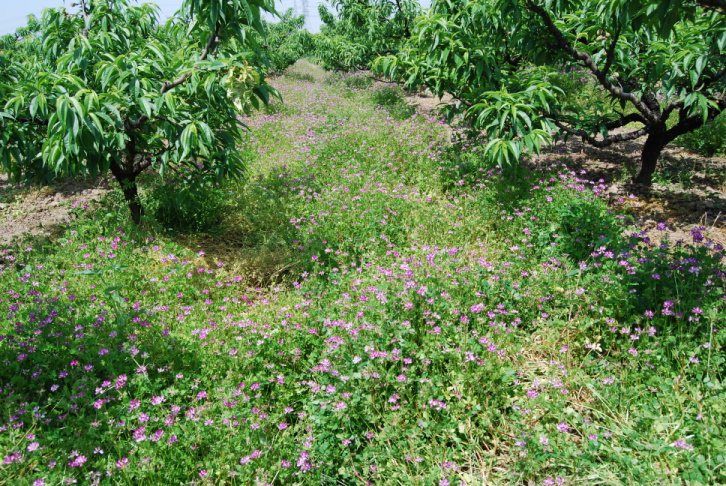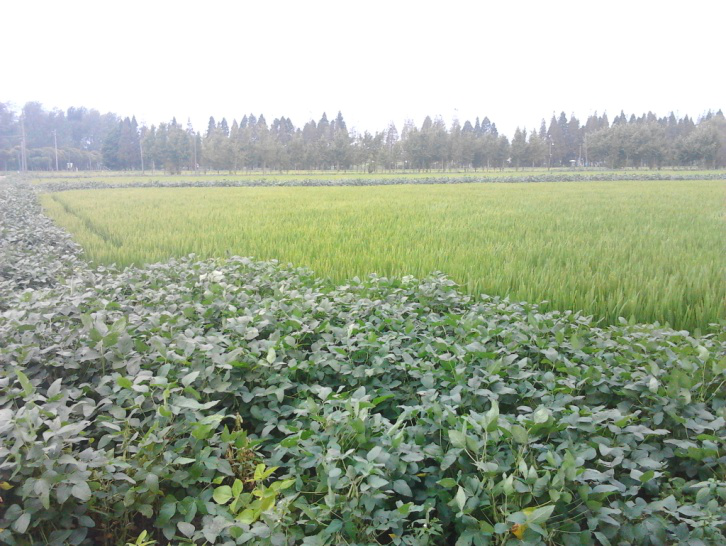Make plant species diversity beneficial for wildlife and human beings
Published in Ecology & Evolution
Published paper in Nature Plants:
Wan, N.F, et al. Global synthesis of effects of plant species diversity on trophic groups and interactions. Nat. Plants (2020).https://www.nature.com/articles/s41477-020-0654-y
https://doi.org/10.1038/s41477-020-0654-y
As an ecologist, I am intrigued by the above questions. With these questions in mind, I united my domestic and overseas peers to provide readers with convincing results. In order to get solid and reliable answers, I spent a lot of effort with Xiang-Rong Zheng and Li-Wan Fu on collecting relevant data. We selected the papers through a search on the Web of Science at Fudan University, and then extracted the data from the papers. We used a mixed-effects meta-regression to account for between-study, within-study and sampling variances.

Professor & Ph.D Nian-Feng Wan
In the process of completing this paper, I consulted with colleagues who are experts in this field (Lars Pødenphant Kiær, Rebecca Chaplin-Kramer, Matteo Dainese, Zhijie Zhang, Jiaqi Tan, etc). We conducted a meta-analysis of 351 published studies on the effects of plant species diversity on trophic groups in terrestrial ecosystems around the world. Based on the mean effect sizes of responses to plant species diversity for these trophic groups across all studies, we examined pairwise interactions and tri-trophic interactions using path analysis. This process has been a long and happy one for us.
Through this global meta-analysis, we found that increased plant species richness, reduced herbivore abundance and damage, and increased predator and parasitoid abundance, predation, parasitism, and overall plant performance. Moreover, increased predator/parasitoid performance was correlated with reduced herbivore abundance and enhanced plant performance. These findings clearly support that plant species diversity can help farmers, decision-makers, and society to take advantage of the important ecosystem services provided by beneficial insects in agricultural and other systems.

Ground cover vegetation in peach orchards in the suburbs of Shanghai, China (Photo credit: Nian-Feng Wan)

Soybeans were interplanted around the rice fields on Chongming Eco-island of China. (Photo credit: Nian-Feng Wan)
We found that intercropping and cover-cropping measures are also beneficial practices for increasing predators/parasitoids, reducing herbivory damage to crops, and improving crop yield. The fact that there were no significant differences between adding one and adding more than one species in agroecosystems implies that trophic interactions can be triggered by the addition of just a single species. Additionally, in both herbaceous species- and woody species-dominated systems, there were positive effects of plant species diversity on predators, parasitoids and plants, and a negative effect on herbivores. Likewise, we found that such increased plant diversity significantly affected the four trophic groups in temperate biomes. These responses were only marginally significant in tropical biomes. Plant species diversity significantly promoted bi-trophic interactions between predators/parasitoids and herbivores in agroecosystems, grasslands and forests. However, the bi-trophic interactions between herbivores and plants were not very strong in individual ecosystems.
Our results are also helpful in revealing the context dependence of the mechanisms by which increasing plant diversity influences different trophic groups and their interactions. From an applied perspective, we highlight the importance of promoting plant diversification practices to enhance ecosystem functioning and its services. Thus, diversifying plant species diversity in managed ecosystems can benefit both wildlife and human beings through providing greater ecosystem services.


Please sign in or register for FREE
If you are a registered user on Research Communities by Springer Nature, please sign in